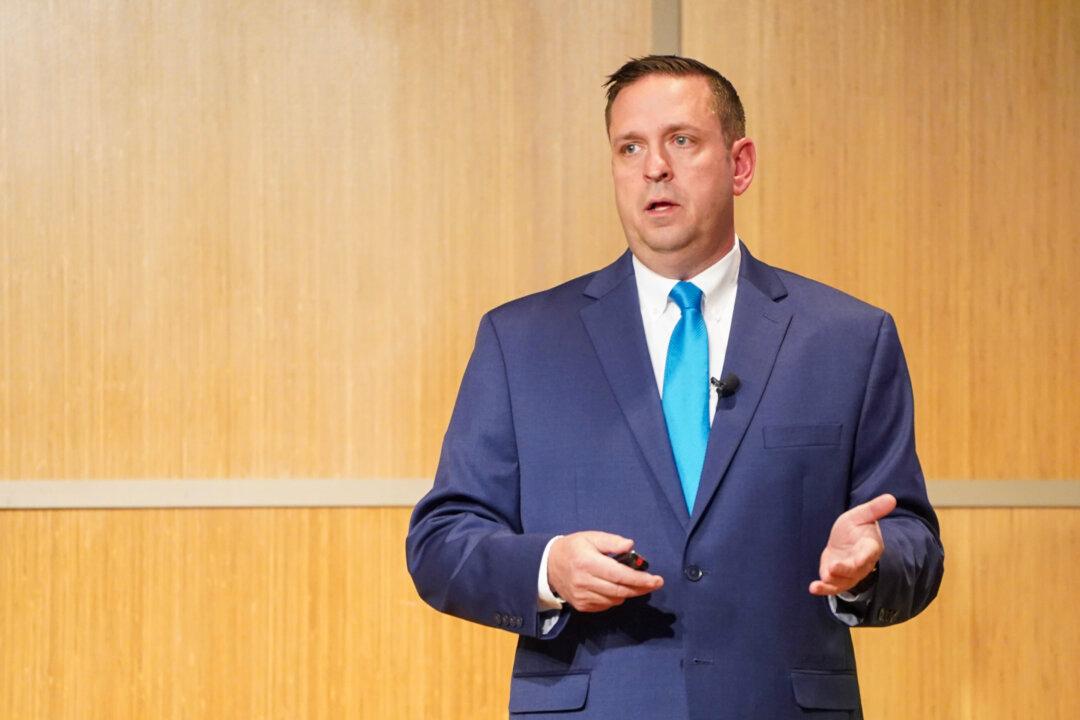A soon-to-be-released federally funded study will serve as a guide for growth management and natural resource conservation in New York’s Neversink watershed for decades to come, according to Jeff Skelding, executive director of Friends of the Upper Delaware River.
The largely rural watershed has seen an increasing demand for housing and commercial developments in recent years, especially during and after the COVID-19 pandemic.





